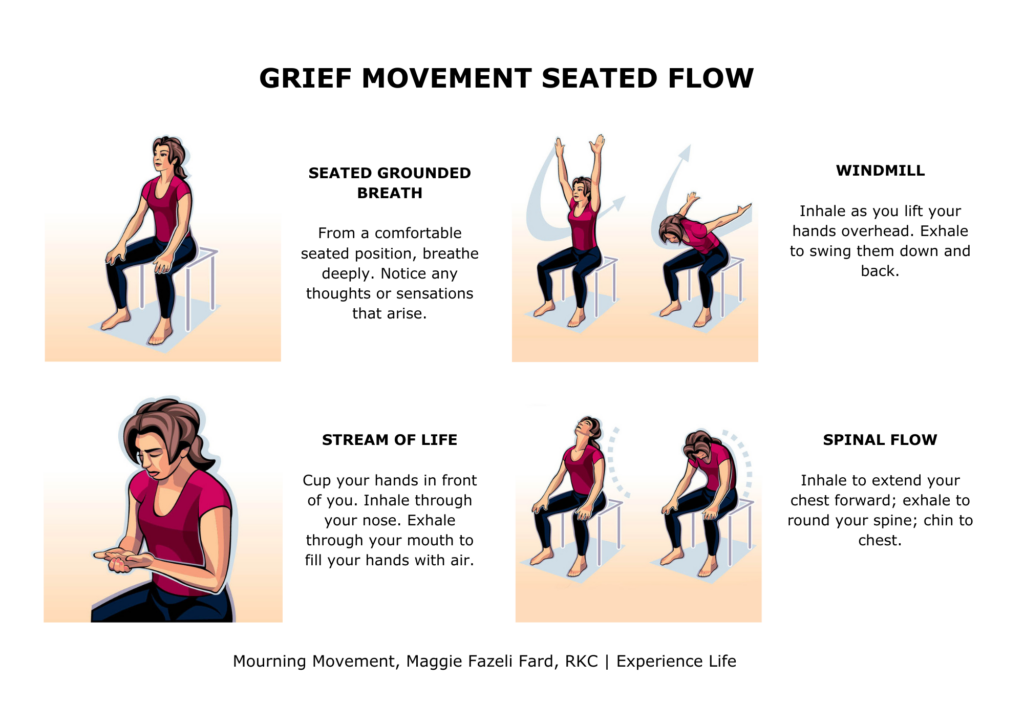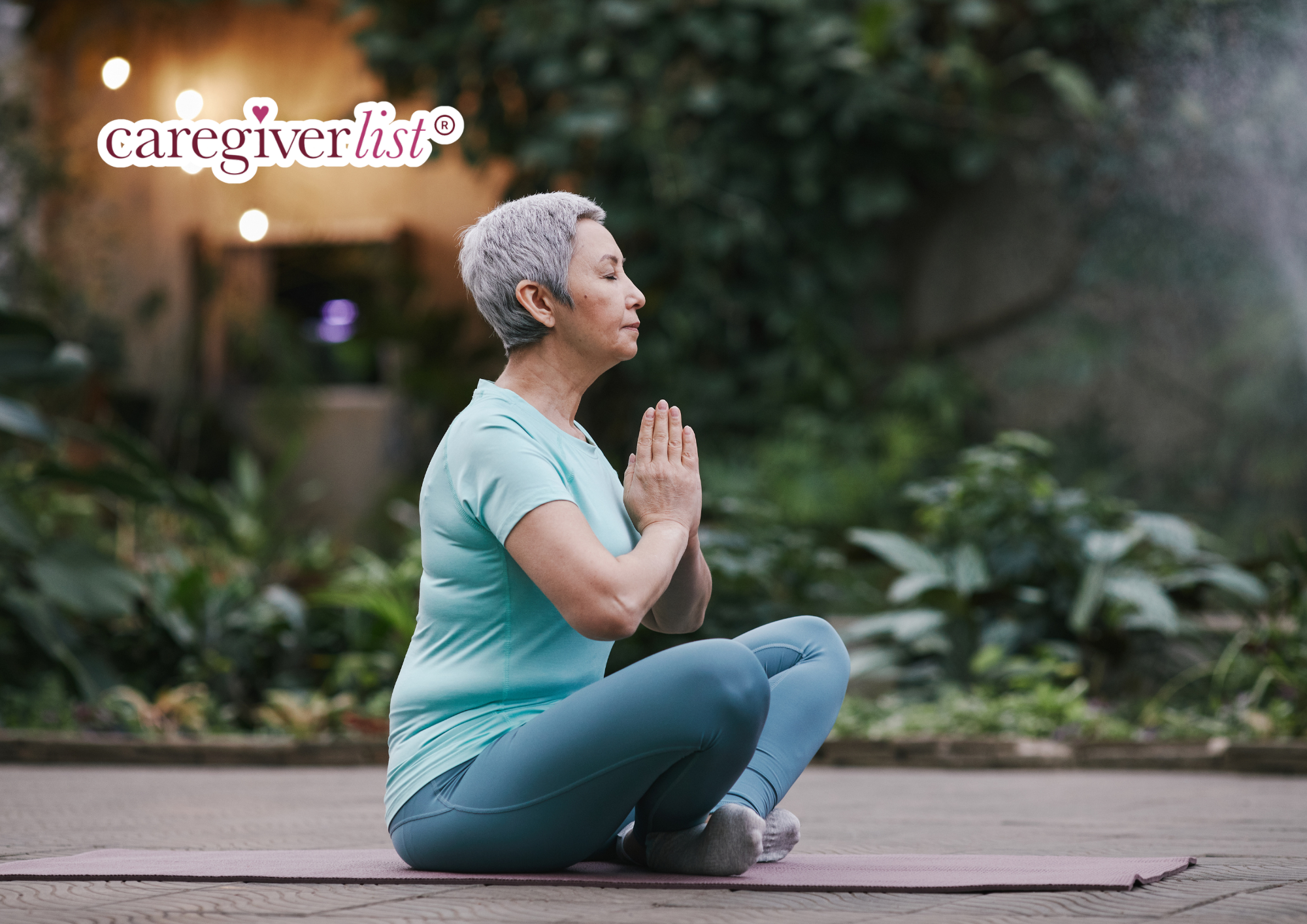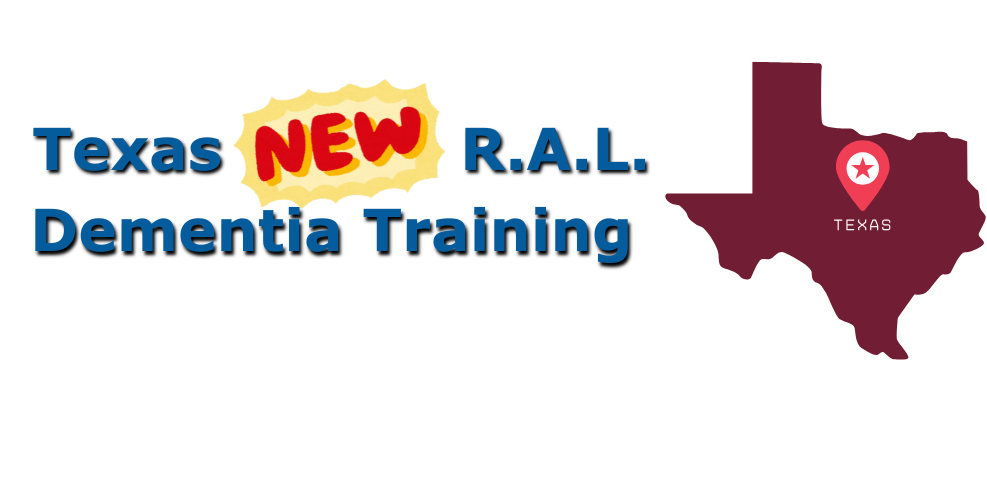Serving as a caregiver naturally comes with grief and loss as part of the job. Grief is a deeply personal experience, yet it connects us all. Whether it stems from the loss of a loved one, a major life change, or an unspoken sorrow we carry, grief often takes residence in our bodies as well as our hearts. If left unaddressed, it can manifest as physical tension, emotional numbness, or a sense of disconnection from ourselves and others. When traditional coping mechanisms fail to provide relief, movement can serve as a powerful tool for healing, whether through a simple stretch, a deep sigh, or a guided practice. If you’re carrying grief, let movement help you carry it with more ease.
Grief Yoga, founded by Paul Denniston, integrates breath, movement, and sound to help individuals process and release grief, rather than suppress it. It acknowledges pain, rather than avoiding it, allowing emotions to move through the body instead of becoming trapped within it. Grief Yoga helps:
- Release built-up stress and emotional tension
- Find a safe space to process loss without judgment
- Use movement and breath to shift from suffering to healing
For Maggie Fazeli Fard, grief became an all-encompassing weight that pulled her into a dark, isolating space. The loss of a beloved companion, the uncertainty of personal aspirations, and witnessing suffering in the world left her feeling stuck between mourning and the need to move forward.
She found herself walking through life with one foot in reality and the other in the depths of sorrow. Desperate for a way to reconnect with herself, she searched for ways to integrate movement into her healing process. This led her to the concept of mourning movement, an approach that acknowledges grief through intentional physical motion. Below is Maggie’s GRIEF MOVEMENT SEATED FLOW, Before you begin, take a comfortable seat. Notice your breath. Feel your feet planted on the ground, your sit bones supported by your chair.
- Place your hands on your belly. Take a deep breath in. Sigh it out.
- Place your hands on your chest. Reflect on someone your heart loves and misses—or dedicate this practice to yourself.
- Speak their name (or your own) out loud.
- Breathe.

Mourning movement and Grief Yoga share a common goal: allowing grief to move through the body instead of staying locked within. If you are struggling with grief, consider exploring movement as a form of healing. Whether it’s taking a deep breath, stretching, or following a Grief Yoga practice, each step forward is an act of self-compassion. Grief is not a journey to rush, it is one to navigate with care, allowing movement to guide the way toward healing.







